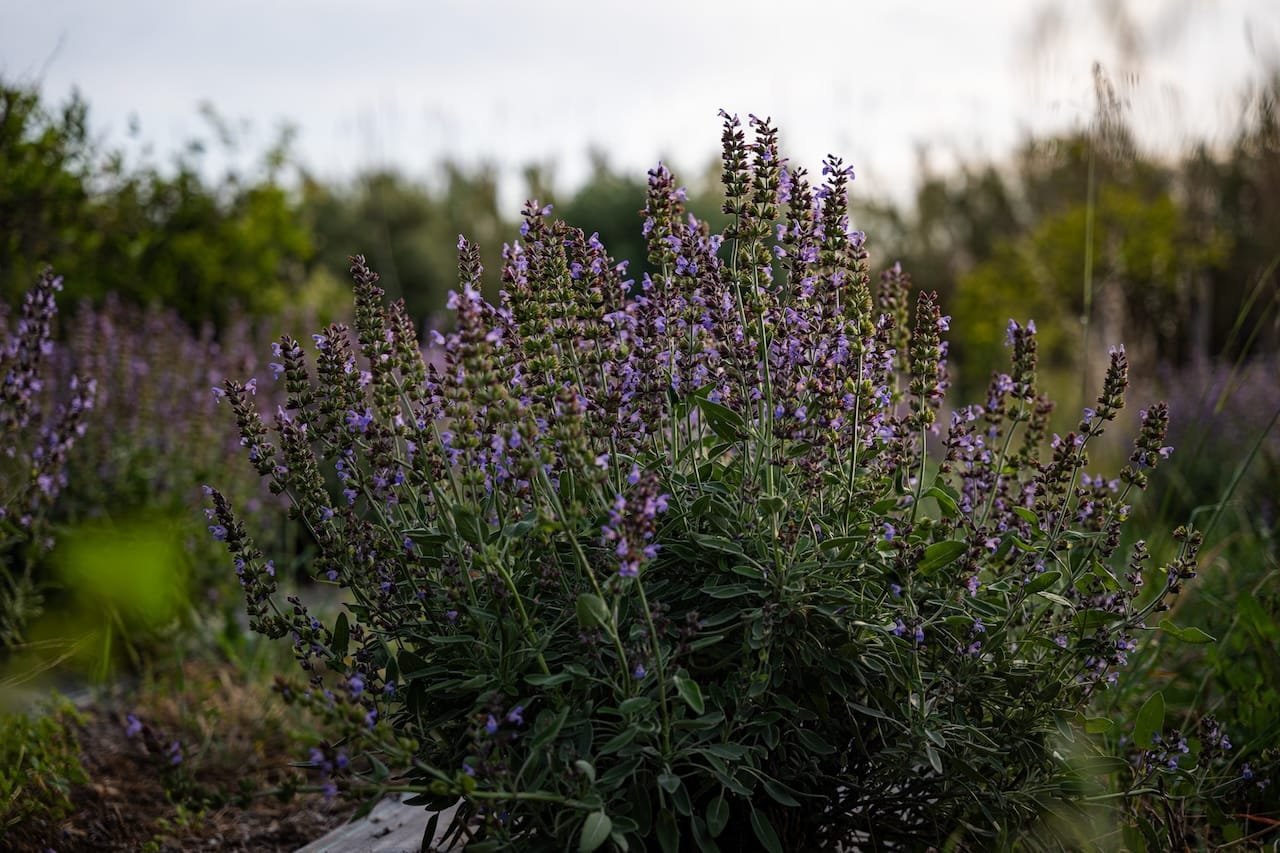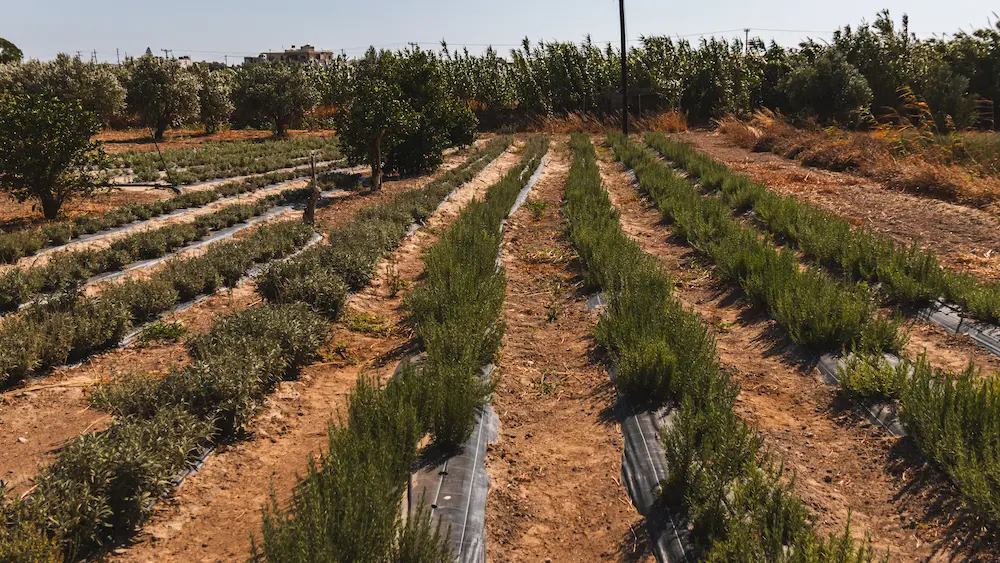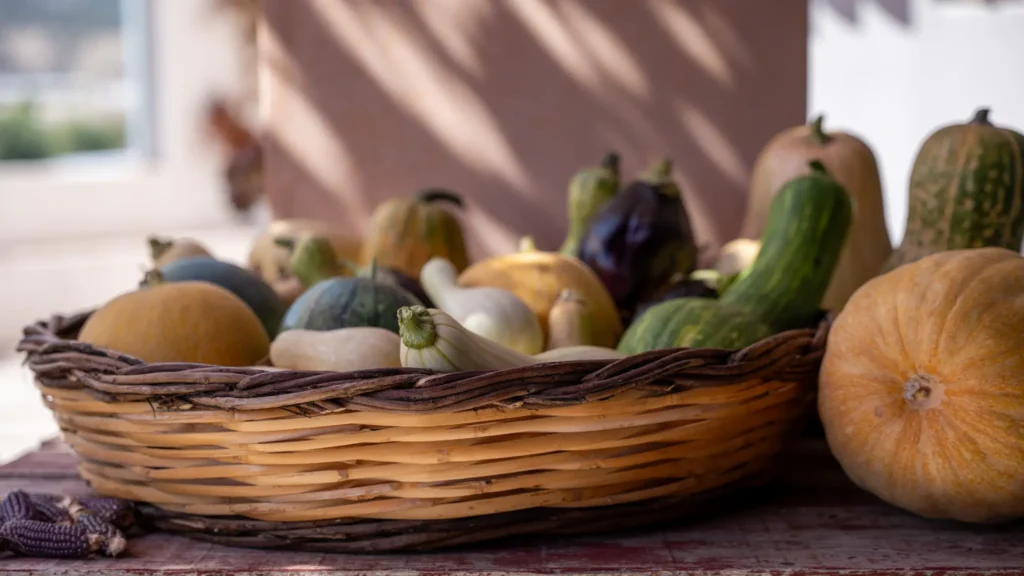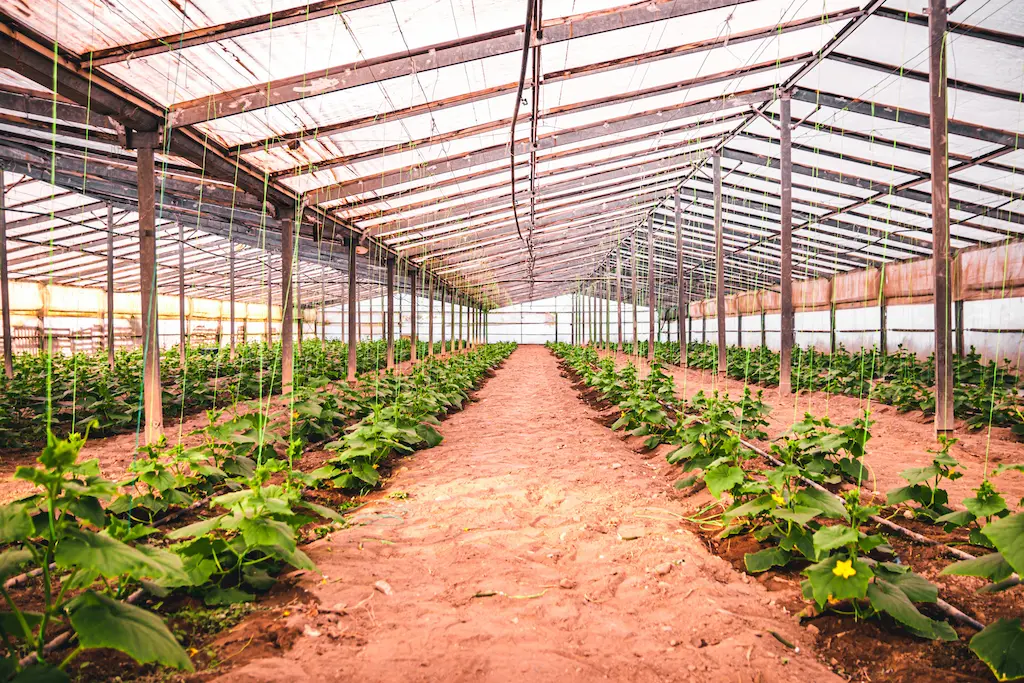Embarking on the journey of organic farming is both a commitment to producing healthy, chemical-free produce and a contribution to the sustainability of our environment. The cornerstone of successful organic farming lies in the health of the soil. Rich, nutrient-dense soil is the bedrock on which organic farming thrives, promoting vigorous plant growth and resilience to pests and diseases. This guide outlines the essential steps to prepare your soil for organic farming, ensuring a fertile and productive foundation.
Article List
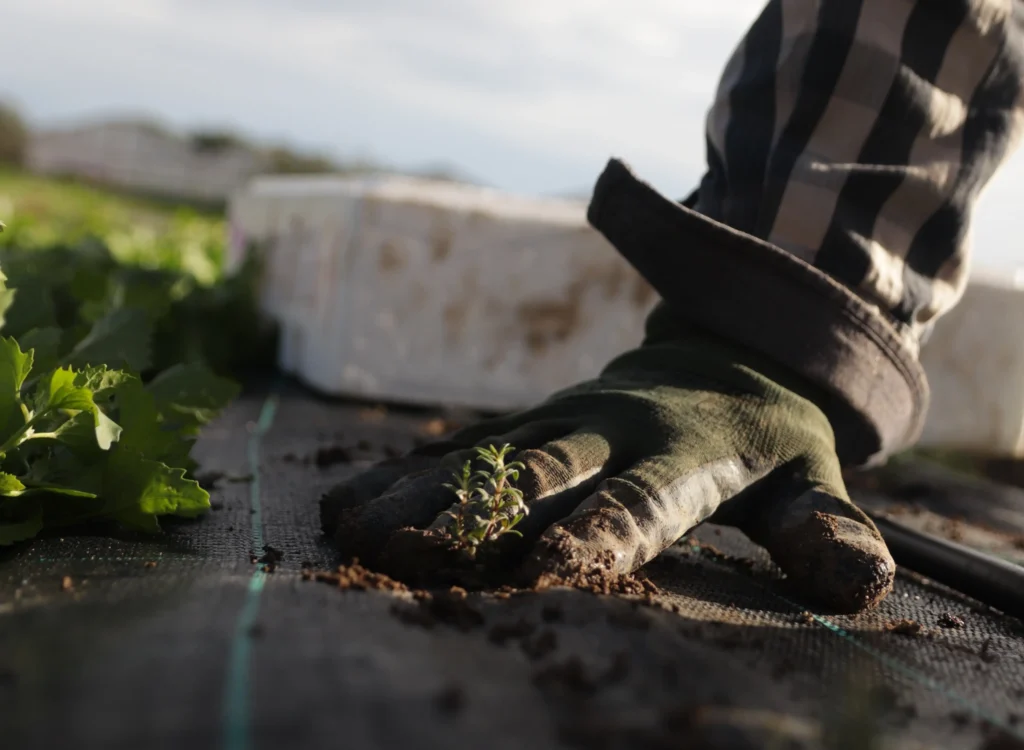
Organic Farming
1. Understanding Your Soil
- Soil Testing: Begin with a comprehensive soil test to understand the existing nutrient profile and pH level of your soil. This initial step is crucial for identifying deficiencies and determining the appropriate organic amendments needed to balance your soil for optimal plant health.
- Observation: Pay close attention to your soil’s texture and structure. Is it sandy, loamy, or clay-heavy? Understanding these characteristics will guide your approach to improving soil fertility and water management.
2. Incorporating Organic Matter
- Compost: Adding well-rotted compost is perhaps the most critical step in preparing your soil. Compost enriches the soil with essential nutrients, improves its structure, and enhances moisture retention. Apply a generous layer of compost and work it into the top 6-12 inches of soil.
- Green Manures and Cover Crops: Planting cover crops like clover, vetch, or rye in the off-season can significantly improve soil health. These plants add organic matter, fix nitrogen, prevent erosion, and break up compacted soil with their root systems.
3. Enhancing Soil Fertility Naturally
- Organic Fertilizers: Based on your soil test results, supplement your soil with organic fertilizers. Options include bone meal for phosphorus, blood meal for nitrogen, and green sand for potassium.
- Natural Mineral Amendments: For long-term soil health, consider adding natural minerals like rock phosphate, lime (to raise pH), or sulfur (to lower pH) as indicated by your soil analysis.
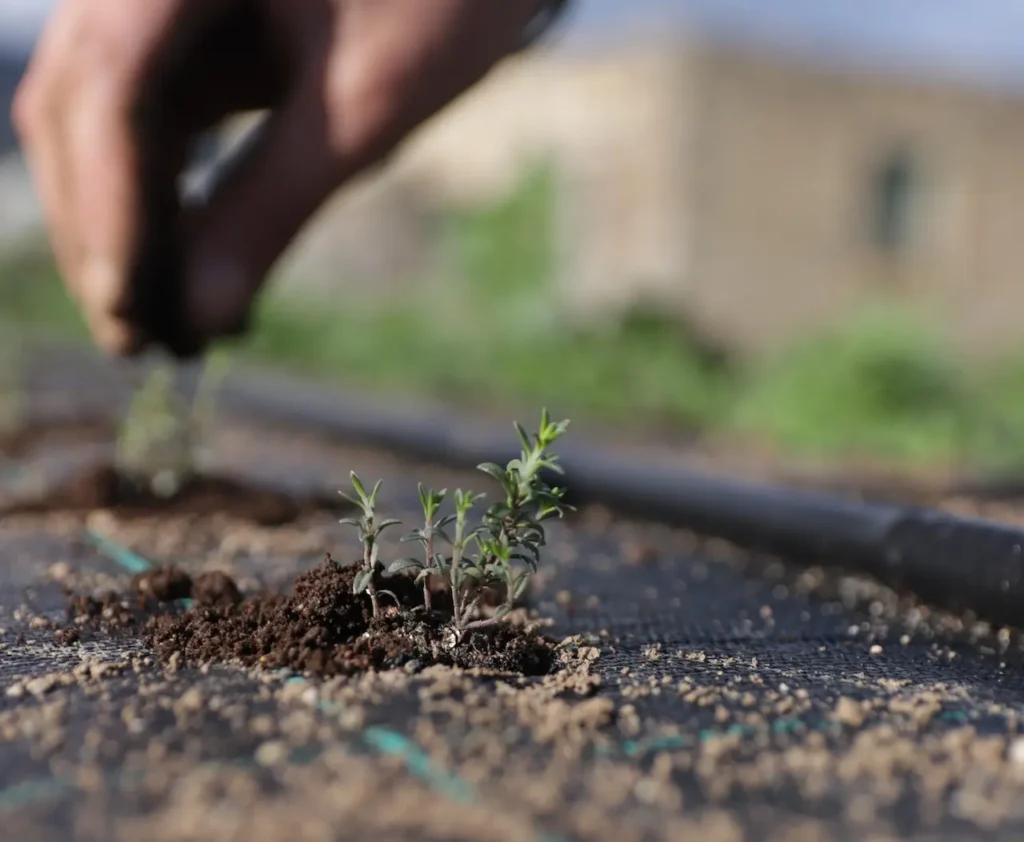
4. Promoting Healthy Soil Biology
- Mulching: Apply organic mulch around your plants. Mulch conserves moisture, suppresses weeds, and gradually breaks down into nutrient-rich material, fostering a healthy soil ecosystem.
- Encouraging Beneficial Microorganisms: Incorporate biofertilizers or compost tea to introduce beneficial microorganisms into the soil. These microbes play a key role in nutrient cycling, helping plants absorb the nutrients more efficiently.
5. Practicing Crop Rotation and Diversity
- Crop Rotation: Rotate crops annually to prevent soil depletion and disrupt pest and disease cycles. This practice helps maintain soil health and balance.
- Plant Diversity: Cultivating a variety of crops enhances soil structure and promotes a balanced ecosystem. Polycultures support a wider range of beneficial insects and soil organisms, reducing the need for external inputs.
6. Conserving Water and Managing Irrigation
- Water Conservation Practices: Implementing drip irrigation or soaker hoses minimizes water waste and ensures water is delivered directly to the plant roots where it’s needed most.
- Rainwater Harvesting: Collecting rainwater for irrigation purposes can significantly reduce your water footprint and support your organic farm during dry periods.
Conclusion
Preparing your soil for organic farming is a deliberate process that requires time, observation, and adjustment. By focusing on building soil health through the addition of organic matter, natural fertilizers, and mindful cultivation practices, you lay the foundation for a thriving organic farm. Embrace the principles of sustainability and patience, and watch as your soil transforms into a living, breathing ecosystem capable of supporting robust plant growth and yielding bountiful harvests.

Aspras Terra Agriculture Experience, Ierapetra Crete Greece, follow us on Instagram or Facebook to learn more about our activities and upcoming events!































































